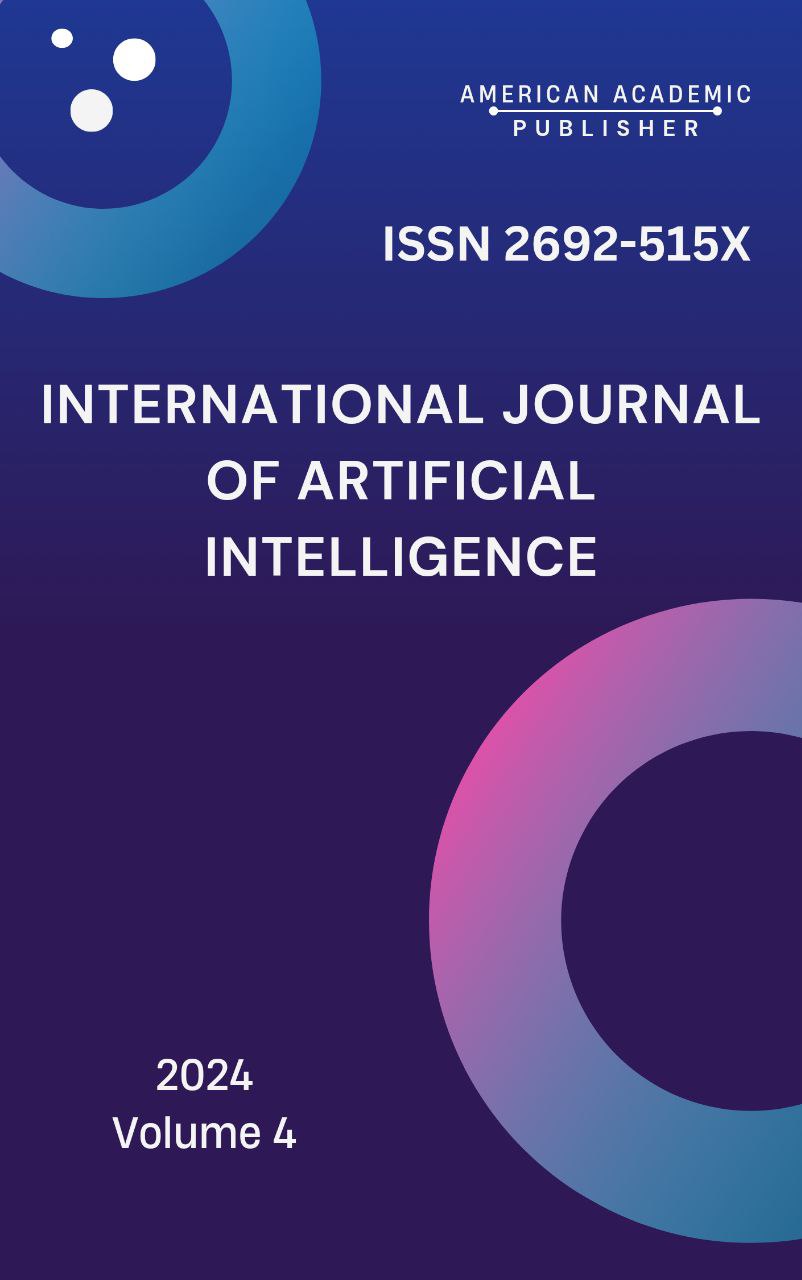 Articles
| Open Access |
Articles
| Open Access | DIDACTIC OPPORTUNITIES FOR USING THE PIRLS INTERNATIONAL ASSESSMENT PROGRAM IN EDUCATIONAL INTEGRATION
K.F. Rajabova , Researcher at Bukhara State UniversityAbstract
The Progress in International Reading Literacy Study (PIRLS) provides valuable insights into students’ reading comprehension and cognitive skills. Its methodologies offer significant didactic opportunities for integrating literacy instruction across various subjects, promoting inquiry-based learning, metacognitive strategies, and interdisciplinary approaches. Incorporating PIRLS principles enhances reading engagement, critical thinking, and academic success. Additionally, technology, culturally responsive materials, and assessment-driven instruction further optimize literacy development. This paper explores the integration of PIRLS in education, emphasizing its role in fostering inclusive and effective teaching practices. Implementing PIRLS-based strategies ensures students acquire essential literacy skills for lifelong learning and real-world applications.
Keywords
PIRLS, reading literacy, educational integration, inquiry-based learning, interdisciplinary teaching, assessment-driven instruction, metacognitive strategies, technology in education
References
Vygotsky, L. S. (1978). Mind in society: The development of higher psychological processes. Harvard University Press.
Bybee, R. W. (2013). The case for STEM education: Challenges and opportunities. NSTA Press.
Harlen, W. (2018). Teaching science for understanding in elementary and middle schools. Routledge.
OECD. (2019). PISA 2018 results: What students know and can do. OECD Publishing.
Schwab, K. (2017). The fourth industrial revolution. Crown Business.
Article Statistics
Downloads
Copyright License

This work is licensed under a Creative Commons Attribution 4.0 International License.

